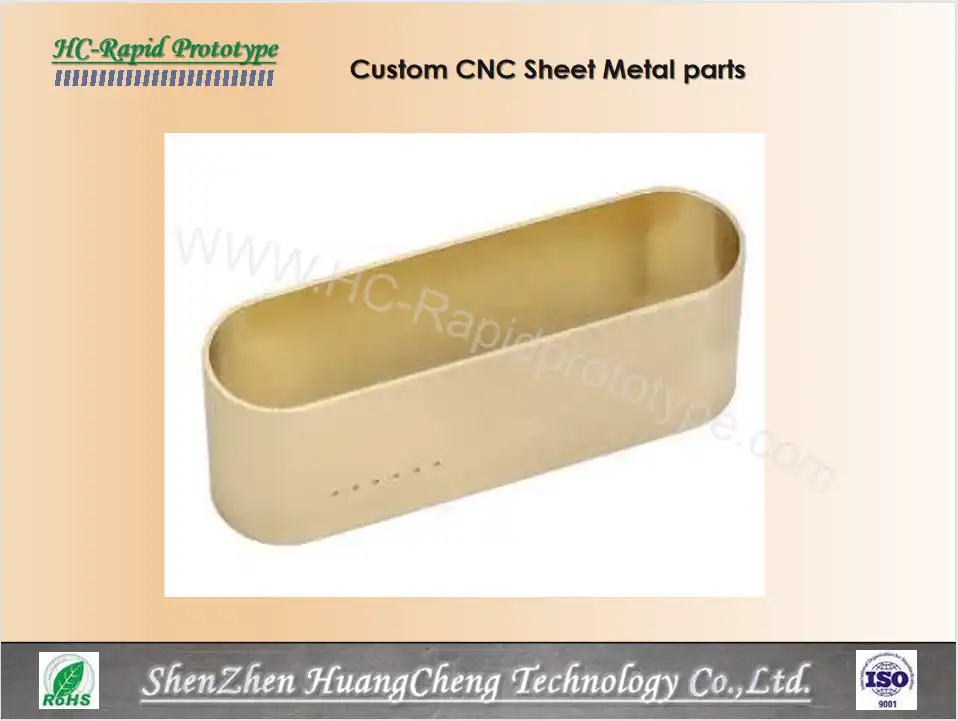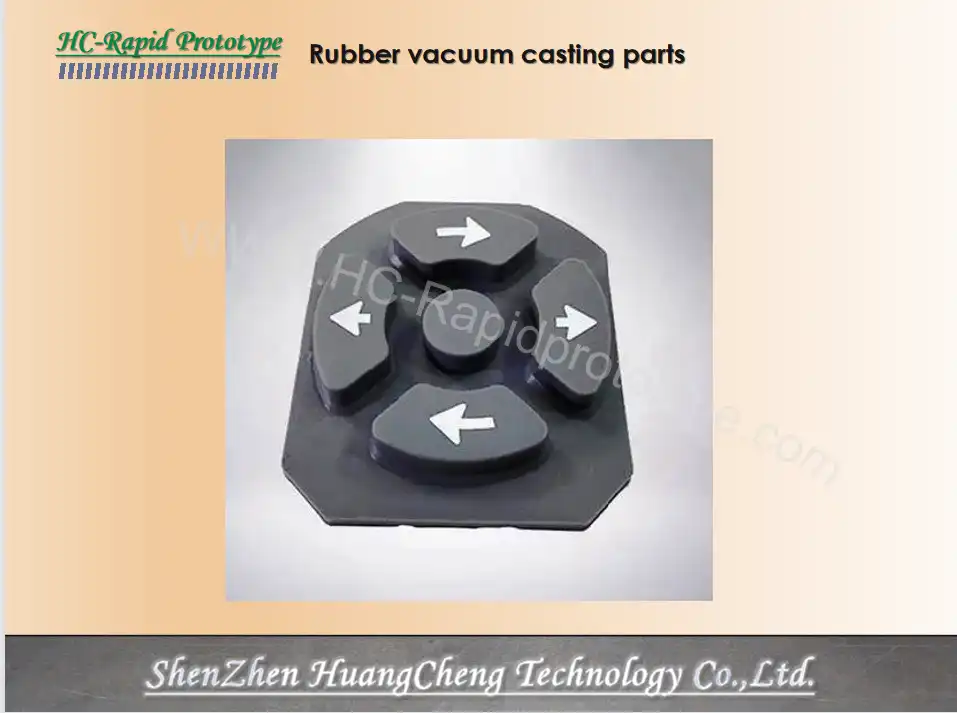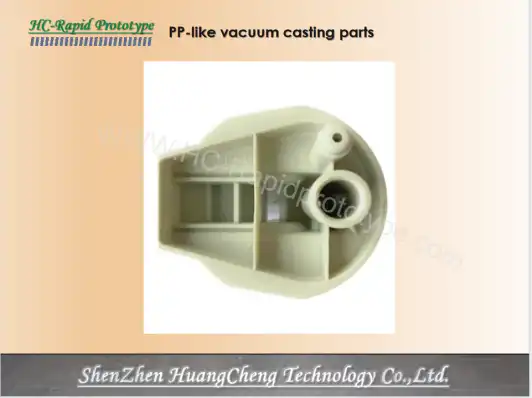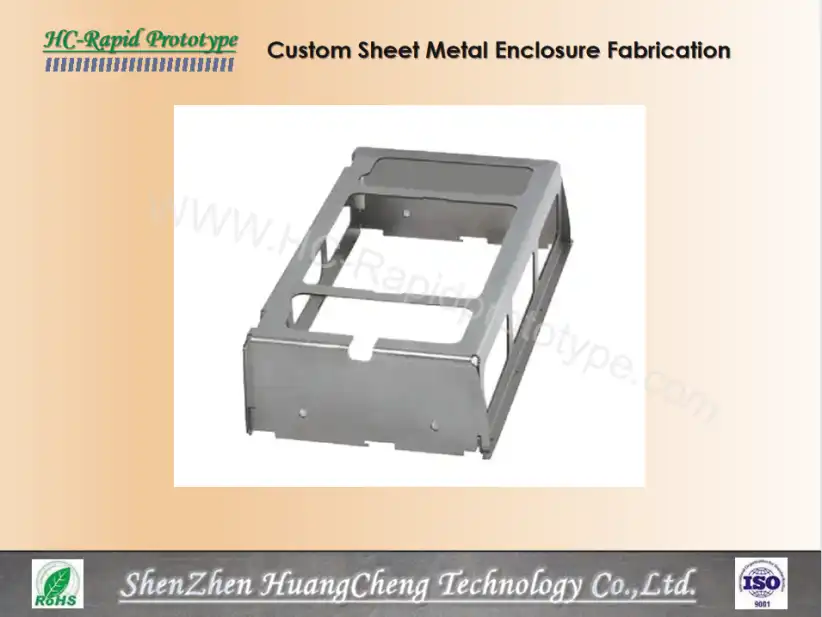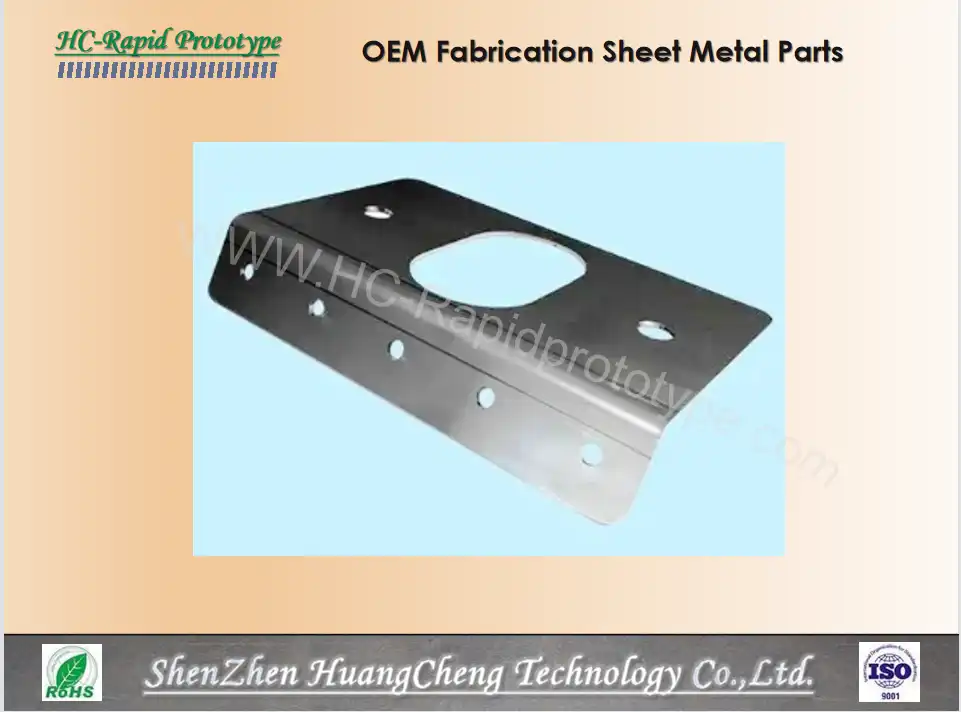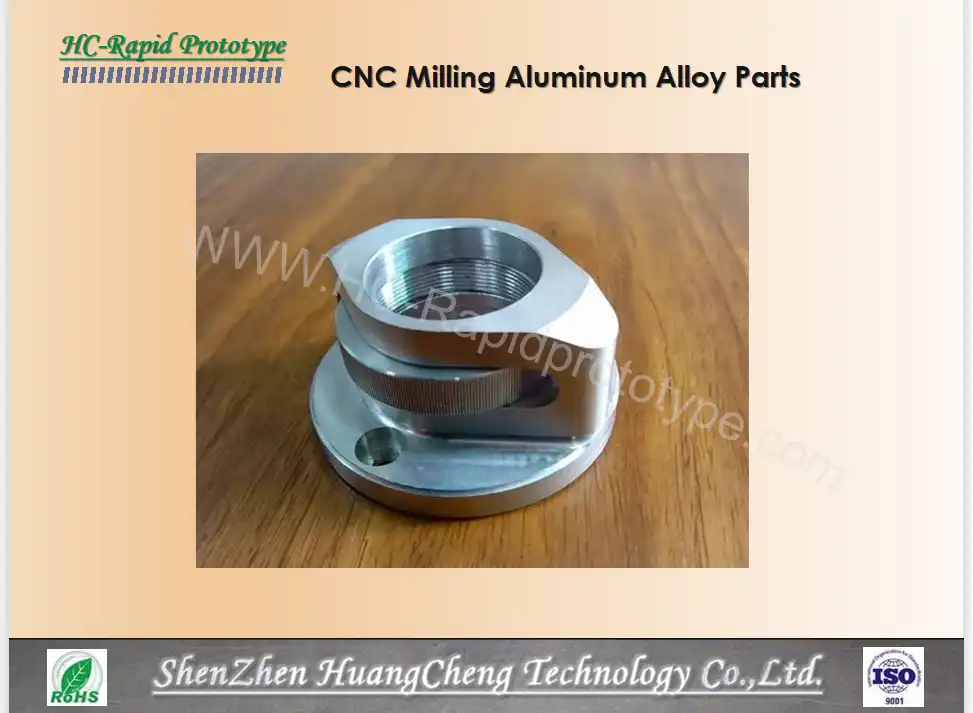
Stamping of liquid cooling plates for new energy vehicles
2025-04-08
01. Liquid Cooling System for the Battery Pack Chassis of New Energy Vehicles
The liquid cooling system for the battery pack chassis of new energy vehicles refers to a system that controls the temperature of the battery pack using liquid cooling technology. In electric vehicles, the battery pack is a key component, and the performance and lifespan of the battery largely depend on its operating temperature. Therefore, maintaining the battery within an optimal temperature range is crucial for its efficiency and longevity.
The liquid cooling system dissipates the heat generated by the battery by arranging cooling pipes around the battery pack and circulating coolant through these pipes, thereby keeping the battery's temperature within a suitable range. This system effectively controls the battery's temperature, prevents overheating or overcooling, and enhances both its efficiency and lifespan.
02. The Role of Stamping in Liquid Cooling Plate Manufacturing for New Energy Vehicle Battery Packs
The stamping process for liquid cooling plates in the battery pack chassis of new energy vehicles plays a vital role in the overall system. Its key roles include:
- Optimizing heat dissipation: The design of the liquid cooling plate can create complex internal structures through stamping, increasing the surface area and improving heat conduction efficiency. This helps reduce the battery pack's temperature, thereby improving its operational efficiency and lifespan.
- Lightweight design: The stamping process can produce thin yet structurally strong liquid cooling plates based on design requirements. This reduces the weight of the entire liquid cooling system, improving the car's energy efficiency and range.
- Compact structure: Stamping allows for a compact design of the liquid cooling plate, minimizing the space it occupies within the battery pack chassis and maximizing the battery pack's effective volume.
- High manufacturing efficiency: Stamping is highly automated and efficient, enabling the rapid and precise mass production of liquid cooling plates with consistent specifications, which helps lower manufacturing costs.
- Easy integration: Stamped liquid cooling plates can be easily integrated into the battery pack chassis's liquid cooling system as per design requirements, and work well with other components to ensure the system operates smoothly.
- Therefore, the stamping of liquid cooling plates is crucial in the liquid cooling system of new energy vehicle battery packs. It not only affects the heat dissipation and performance of the system but also directly influences the vehicle's energy consumption and driving performance.
03. Latest Trends in Liquid Cooling Plate Design
Liquid cooling plates are essential in the liquid cooling system of battery packs for new energy vehicles, and their design trends are continually influenced by technological and market developments. The latest trends include:
- Efficient heat dissipation design: In response to the increasing power density of electric vehicle battery packs, liquid cooling plate designs are focusing on more efficient heat dissipation structures, such as larger surface areas and optimized internal flow channels, to improve cooling efficiency and maintain suitable battery temperatures during high-power operation.
- Lightweight and compact design: As the demand for greater vehicle range and energy efficiency grows, liquid cooling plate designs are becoming lighter and more compact. By optimizing structural design and selecting appropriate materials, the weight and size of cooling plates can be reduced, enhancing the vehicle's energy density and range.
- Integrated design: To improve space utilization and system integration, liquid cooling plates are being designed with integrated components, combining heat dissipation structures, cooling pipes, and other functional elements into one unit. This simplifies the system, reduces component count, and lowers manufacturing costs.
- Intelligent functions: With advances in smart technology, liquid cooling plates are increasingly incorporating intelligent sensing and control features, such as temperature sensors and flow control valves, enabling real-time monitoring and adjustment of the battery's temperature and cooling system for improved stability and efficiency.
- Sustainability and environmental protection: Growing attention is being paid to sustainability and environmental protection in liquid cooling plate design, including the use of recyclable materials, optimization of production processes to minimize energy consumption and waste, and other measures to reduce environmental impact.
- These trends reflect the ongoing pursuit of more efficient, lightweight, intelligent, and sustainable liquid cooling plate designs that meet the performance and environmental demands of new energy vehicle battery systems.
04. Collaborative Efforts in New Energy Industry Development
With the rise of new energy vehicles, related industries have emerged in rapid succession. Industry professionals are not only specializing in areas like auto parts, interiors, and models but also seeking innovative solutions for chassis design. In recent years, our technical team has developed heat dissipation technologies that offer customized design and manufacturing services for new energy vehicle battery pack chassis radiators. We also provide professional customization for various types of radiators and water cooling plates used in liquid cooling systems for new energy vehicles. Additionally, we offer services across the entire production chain, from design and development to simulation, prototyping, verification, and mass production, meeting diverse customization needs at multiple levels and contributing to the advancement of the domestic new energy industry.
YOU MAY LIKE
- Customized products, please send your drawings to the following email address for quotation, and we will keep your drawings confidential. Thanks!
Email address:
sales@hc-rapidprototype.com
coco_cheng@hc-rapidprototype.comE-Mail - WhatsApp
- +8613691698245phone
_1744788508965.png)
